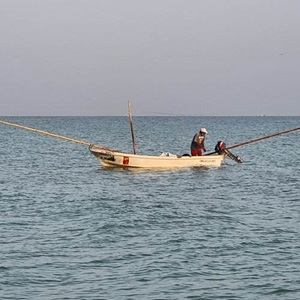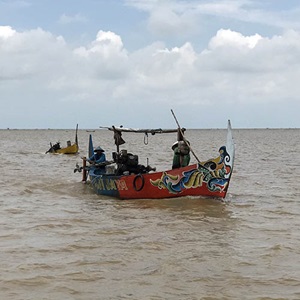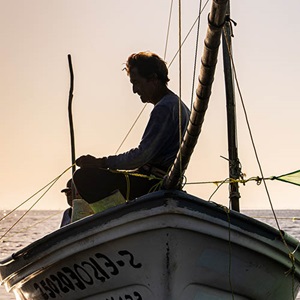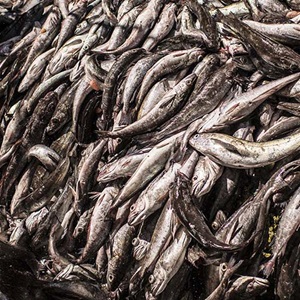Fourteen improvements to reduce impacts on Endangered Threatened and Protected (ETP) species, vulnerable habitats, and ensure effective monitoring towards transition to full assessment.
The project will use fisher training and awareness programs to:
- Collate and analyse observer data for bycatch mitigation and improve handling and release of Endangered, Threatened and Protected (ETP) species, particularly seabirds.
- Map the fishery’s footprint on Vulnerable Marine Ecosystems (VMEs) to inform and develop rules for moving fishing operations to reduce impact.
- Collate evidence of and from observer inspections to confirm annual inspection targets and improve accuracy of catch volumes.
Start date: 01 June 2023
US$ 61,231.39
(£49,705.52) awarded
Awardee
Capricorn Marine Environmental (PTY) Ltd. – “CapMarine”
Fishery
South Africa hake longline fishery
Using observer data to mitigate ETP bycatch
The South Africa (SA) hake longline fishery targets the same hake stocks as two adjoining hake fisheries that are certified to the MSC Fisheries Standard.
Due to increased demand for certified sustainable Cape hake, the SA hake longline fishery is also seeking MSC certification. The fishery must first make improvements to its environmental performance and is working towards certification through the In-Transition to MSC program.
A 2021 pre-assessment confirmed the fishery had very little non-target catch i.e., commercial fish species other than the hakes of interest (Merluccius paradoxus and Merluccius capensis). However, improvements are needed relating to the fishery’s impacts on populations of ETP species including sharks, rays and skates, and – of particular concern, seabirds.
The grant will ensure fisher training, awareness and handle and release protocols are improved for interactions with ETP bycatch.
Additionally, at-sea observer data will be improved, taking into account fishing areas and times and how these affect interactions with ETP species.
“[The Transition Assistance Fund grant] acknowledges all of the effort the fishery has made to prove its sustainability credentials and will really crystallize the focus of hake longline vessel operators to achieving recognition for their hard work.”
Director, ‘CapMarine’
Measuring impacts on Vulnerable Marine Ecosystems
Fishing for both deep and shallow water hake species, the fishery operates in areas that host known and potential Vulnerable Marine Ecosystems (VMEs).
The grant will improve fisher training and awareness, so that impacts on VMEs are mapped and quantified. ‘Move-on’ rules, which dictate that fishing vessels are required to move and vacate a VME when a particular quantity of a species, native to that ecosystem, is encountered will be developed where necessary.
Evidence gathering
Other improvements centre on acquiring statistics from observer inspections of the catch. To improve its sustainability scores, the fishery will ensure evidence of inspections, the consistent application of rules - and any transgressions- are logged.
Training of skippers will ensure more accurate submission protocols and procedures for estimating the total landed weight and volumes of catch. This will prevent overfishing, and the submitted data - made available to regulatory authorities - will contribute to ongoing hake catch procedure and management processes.




